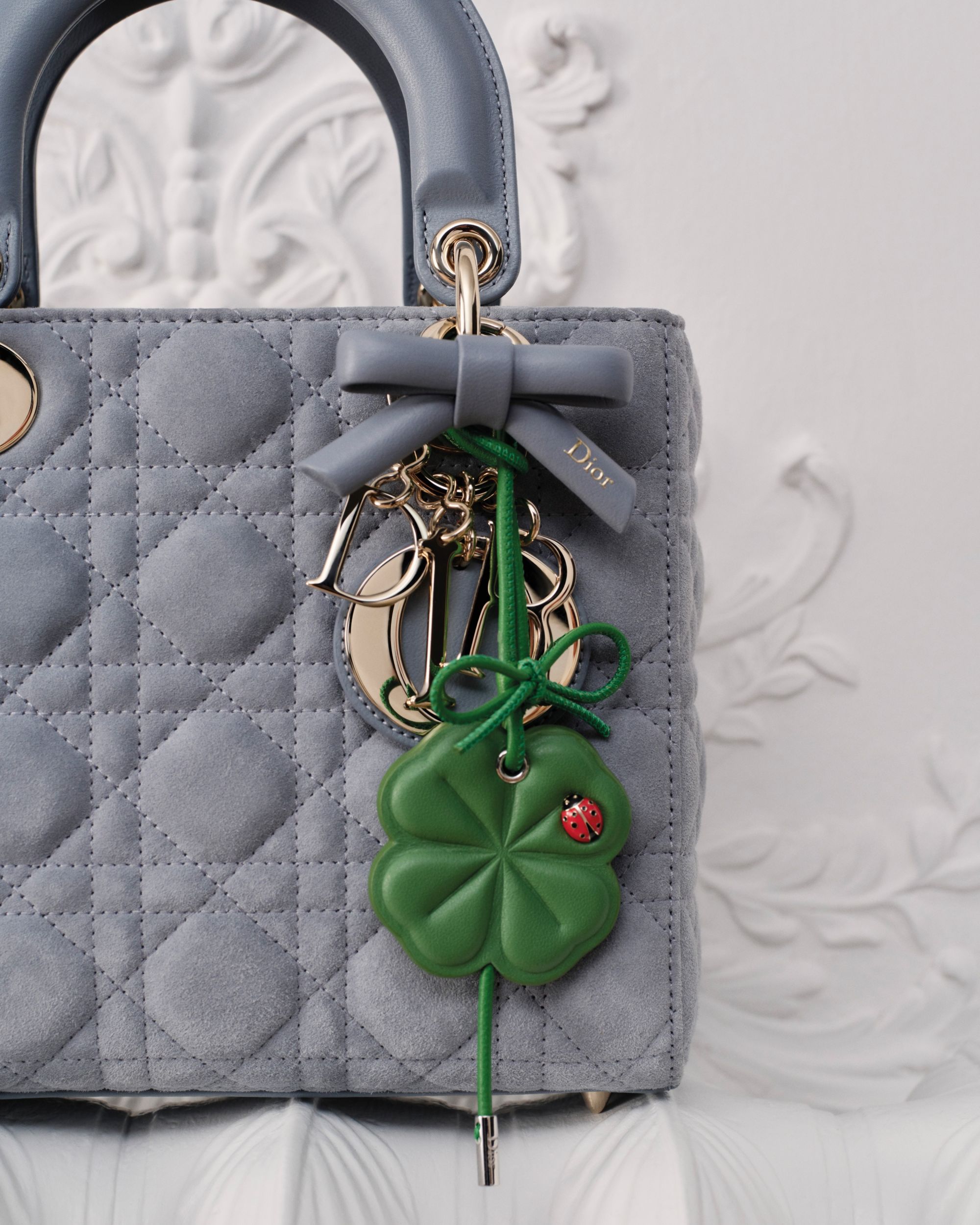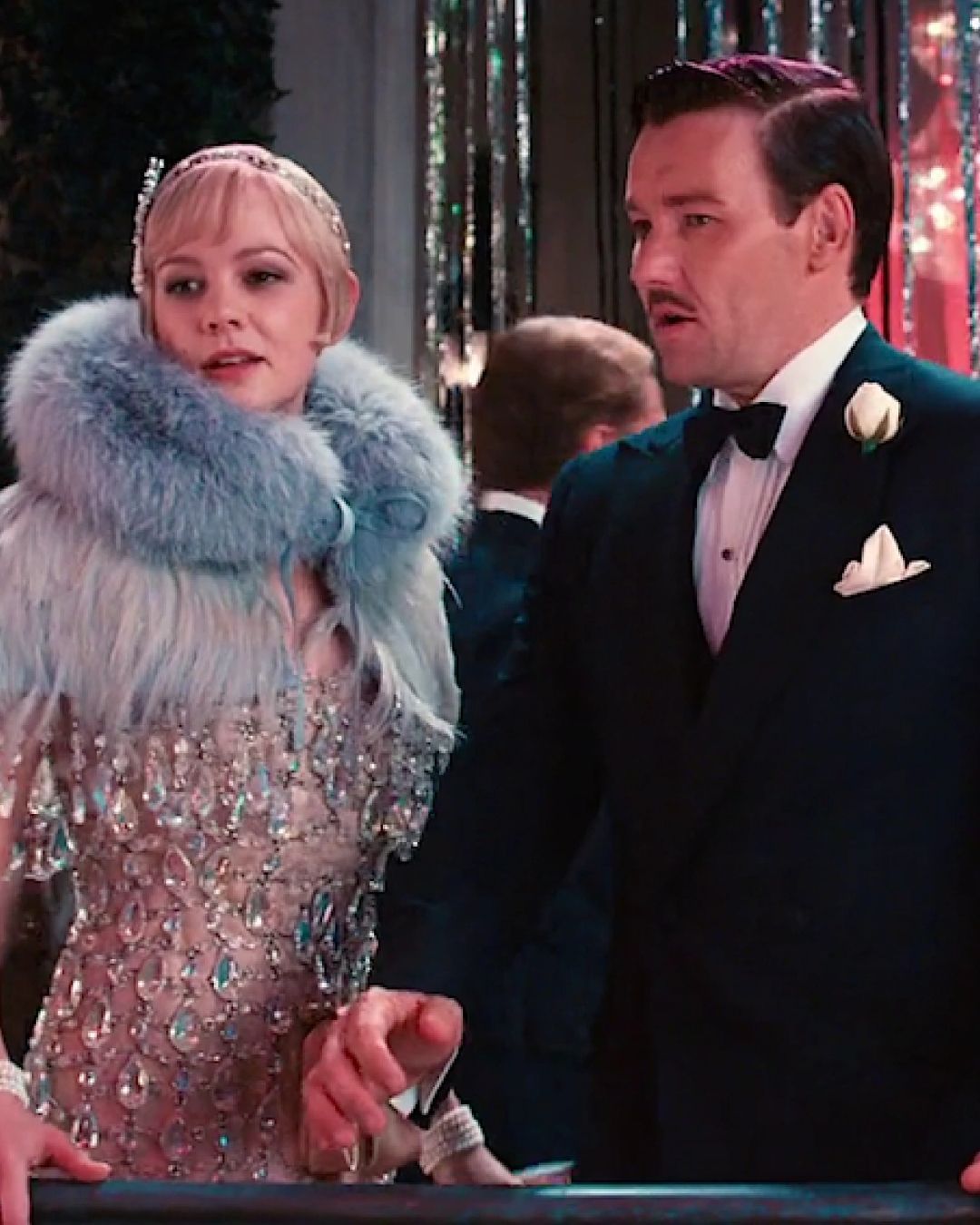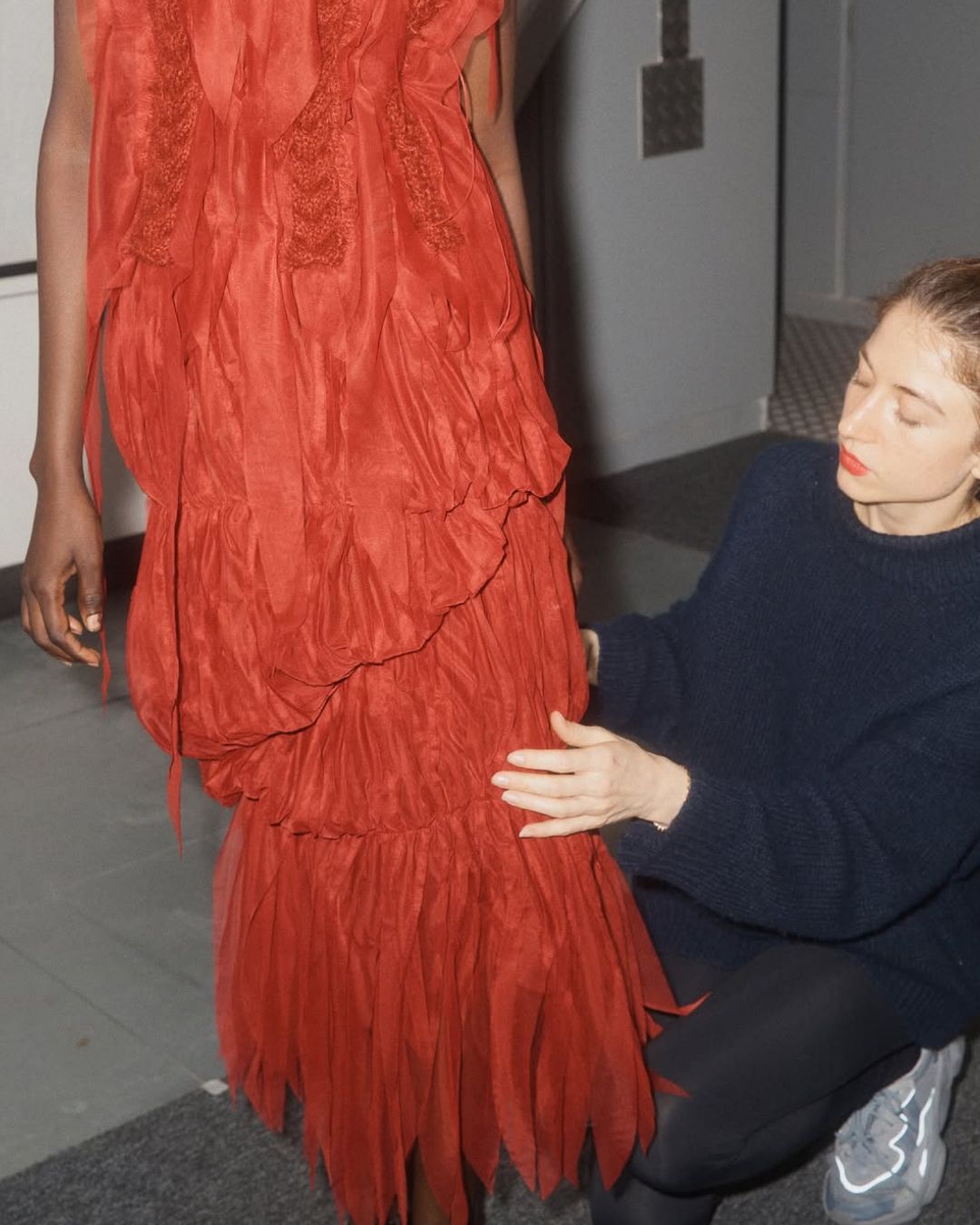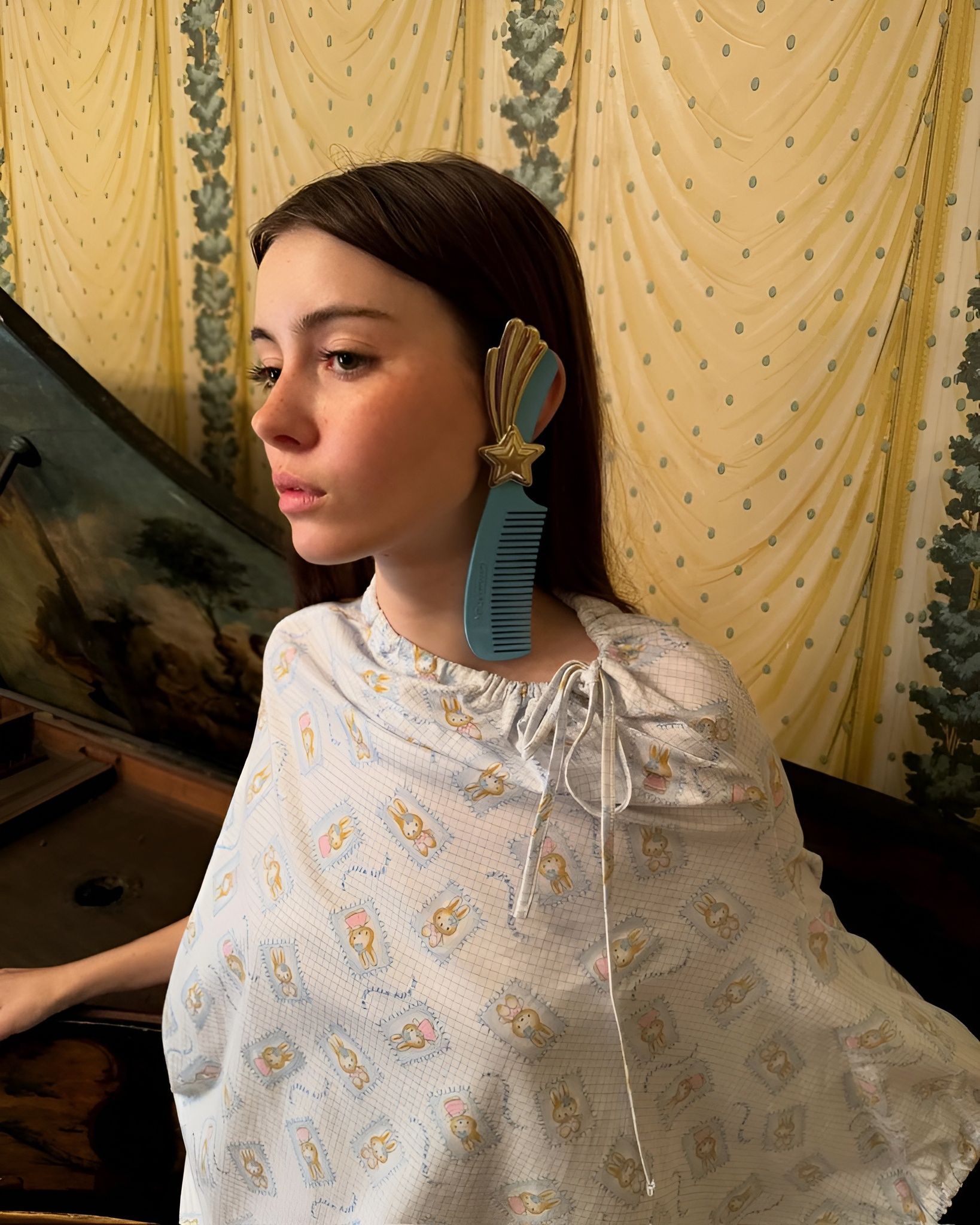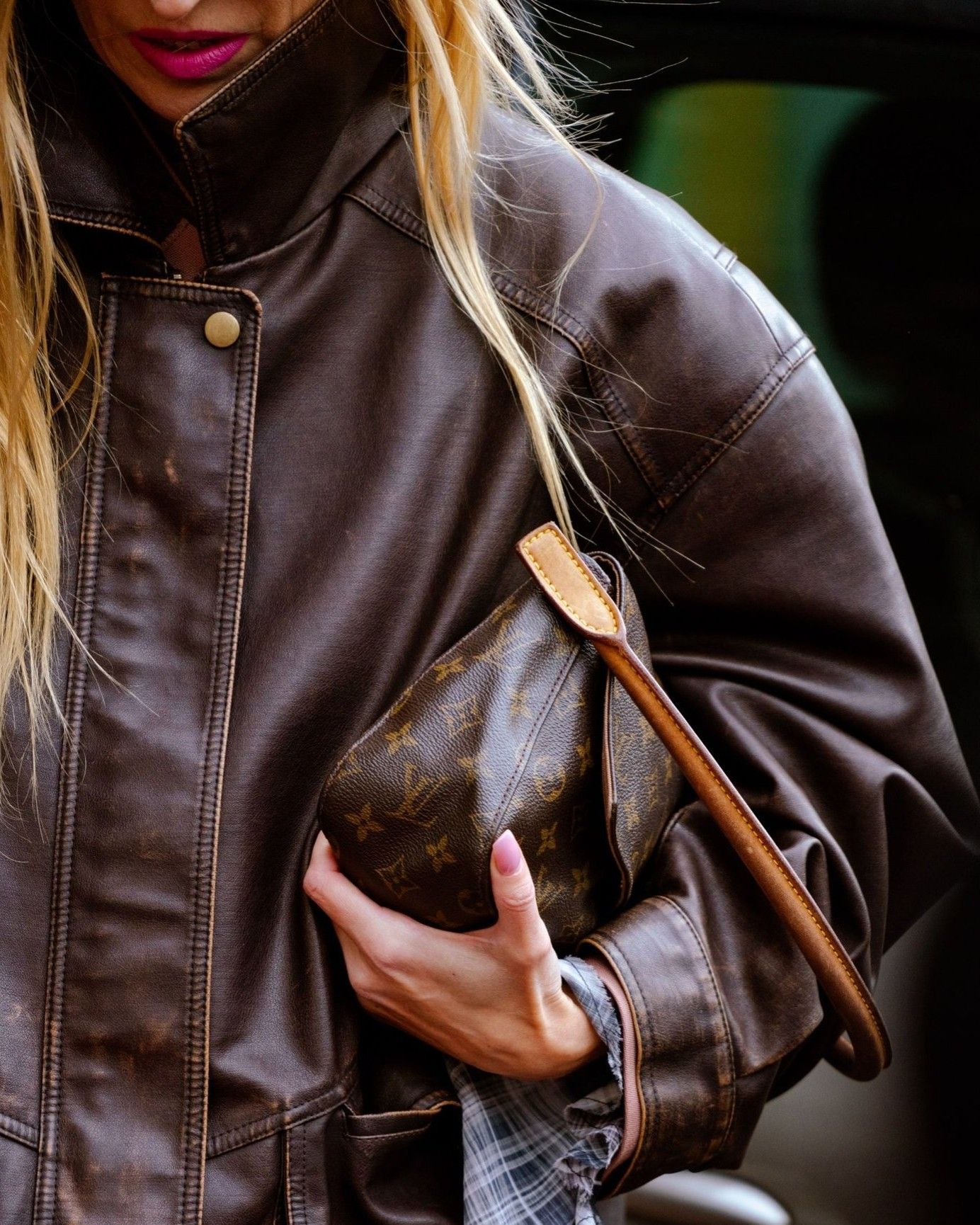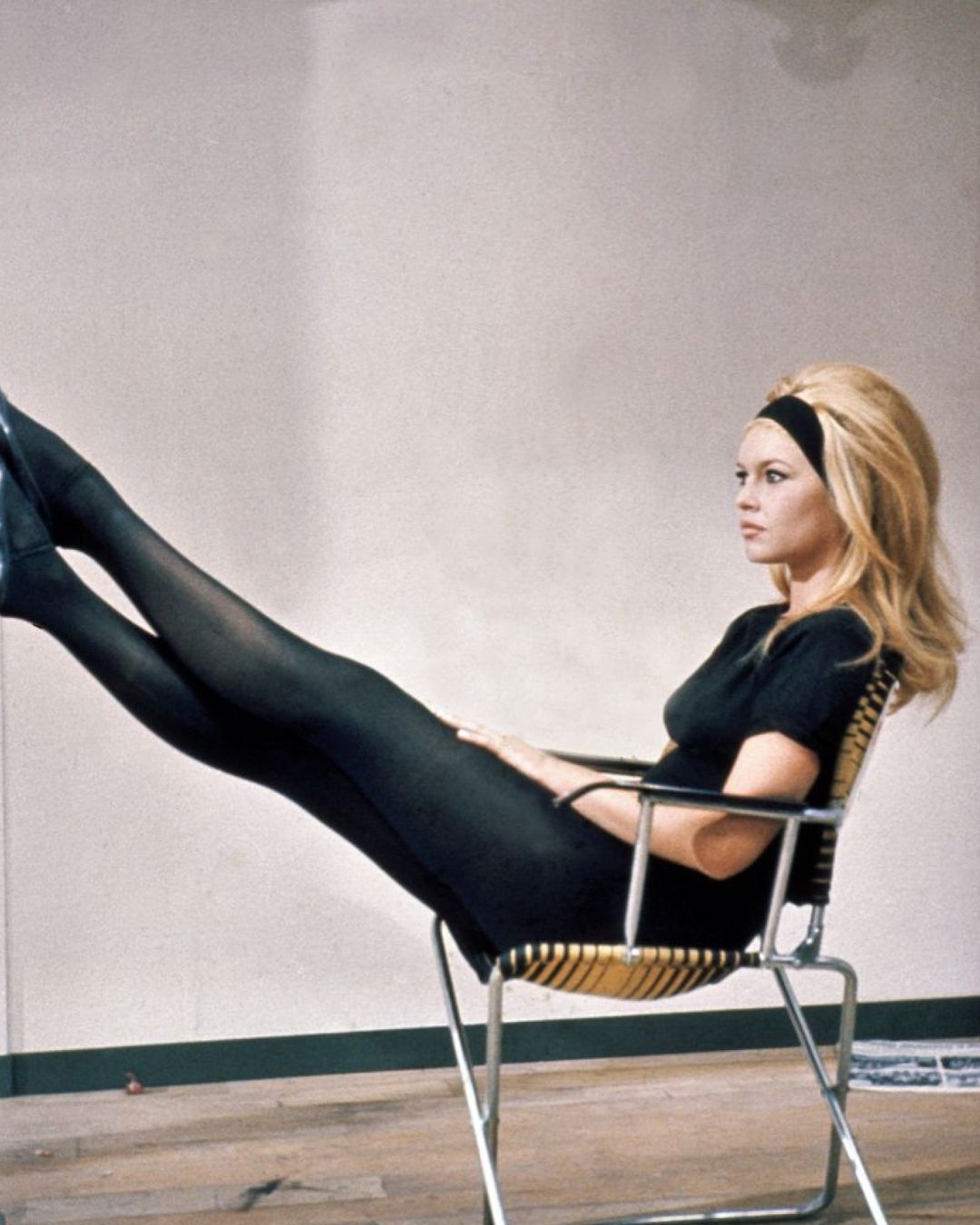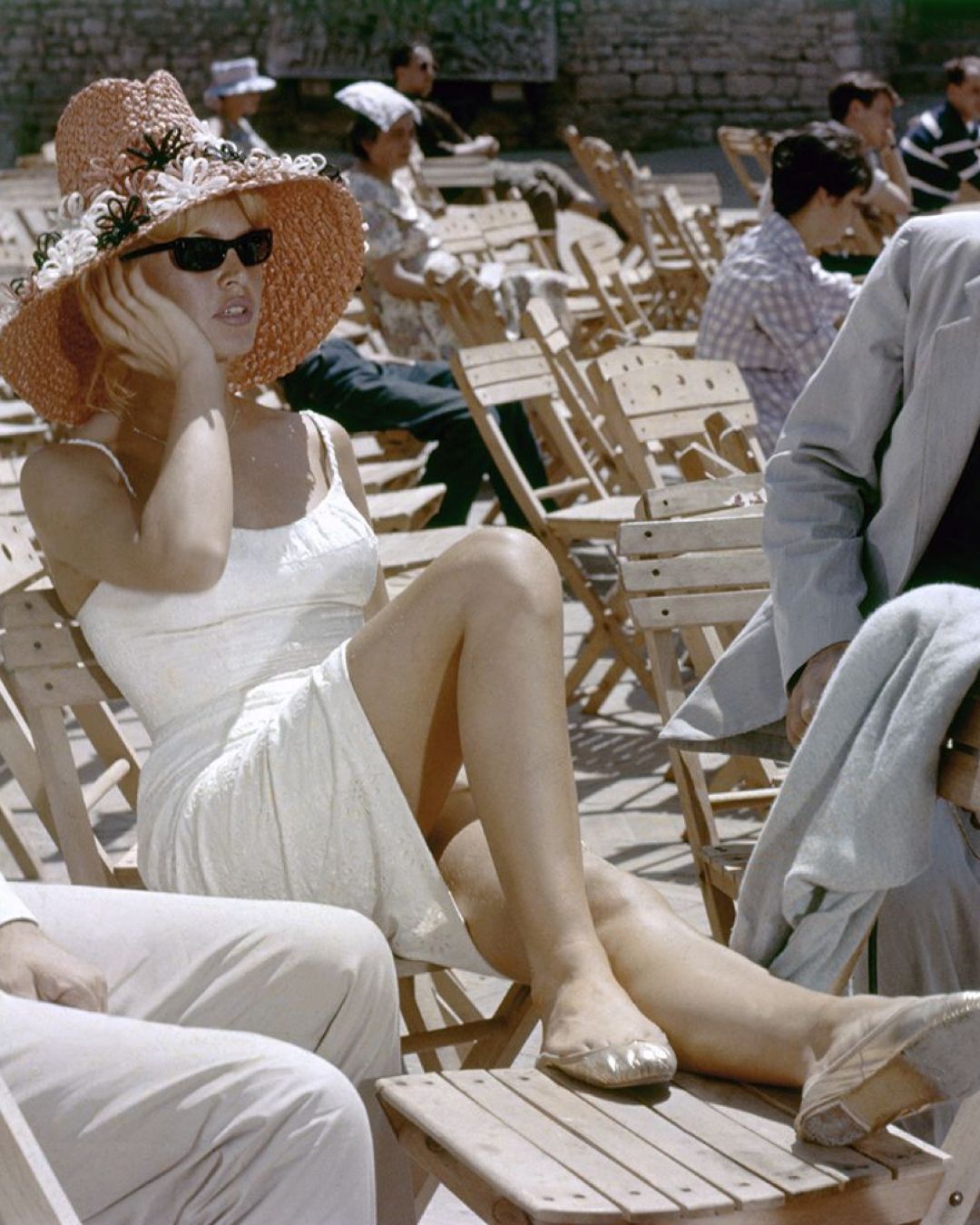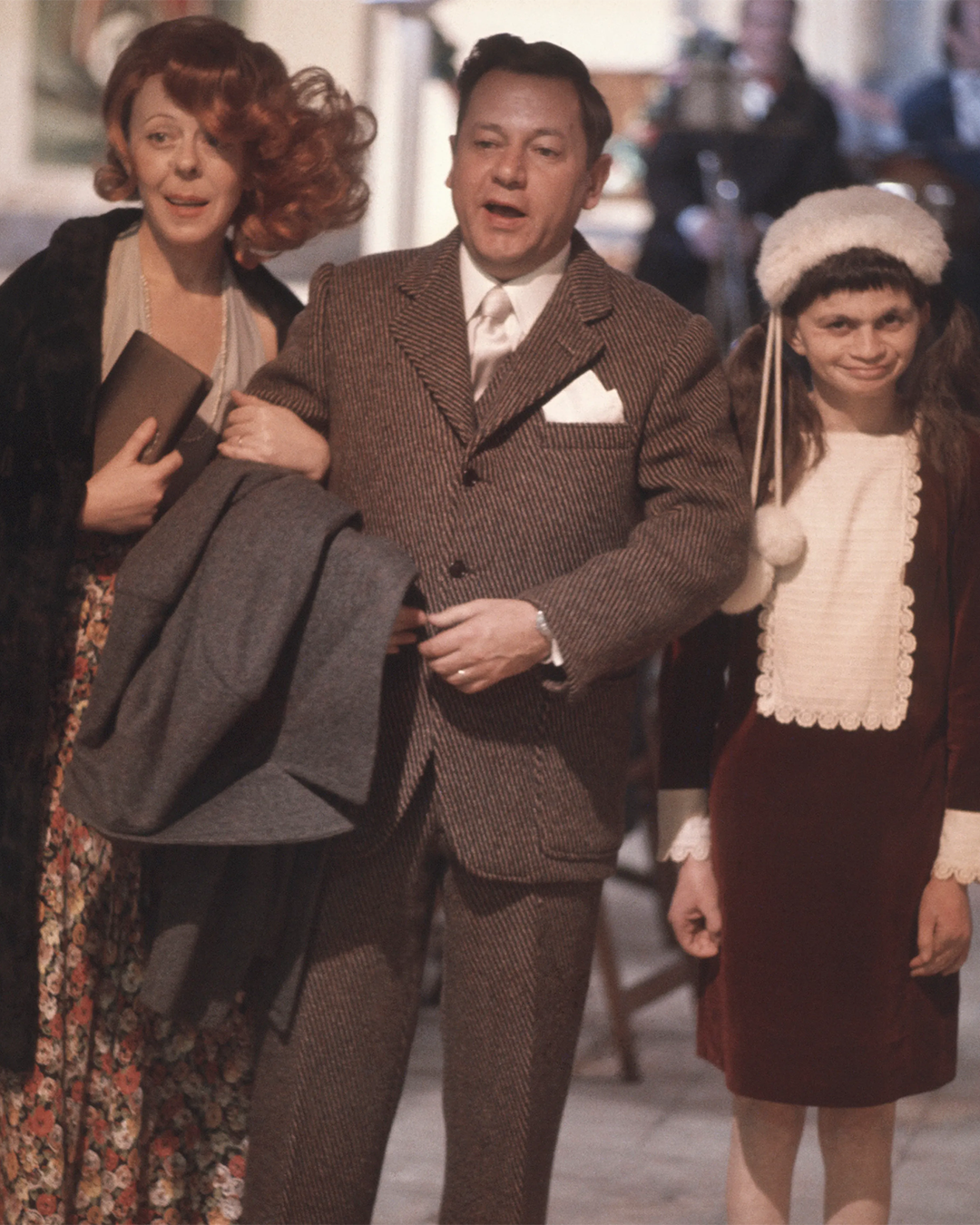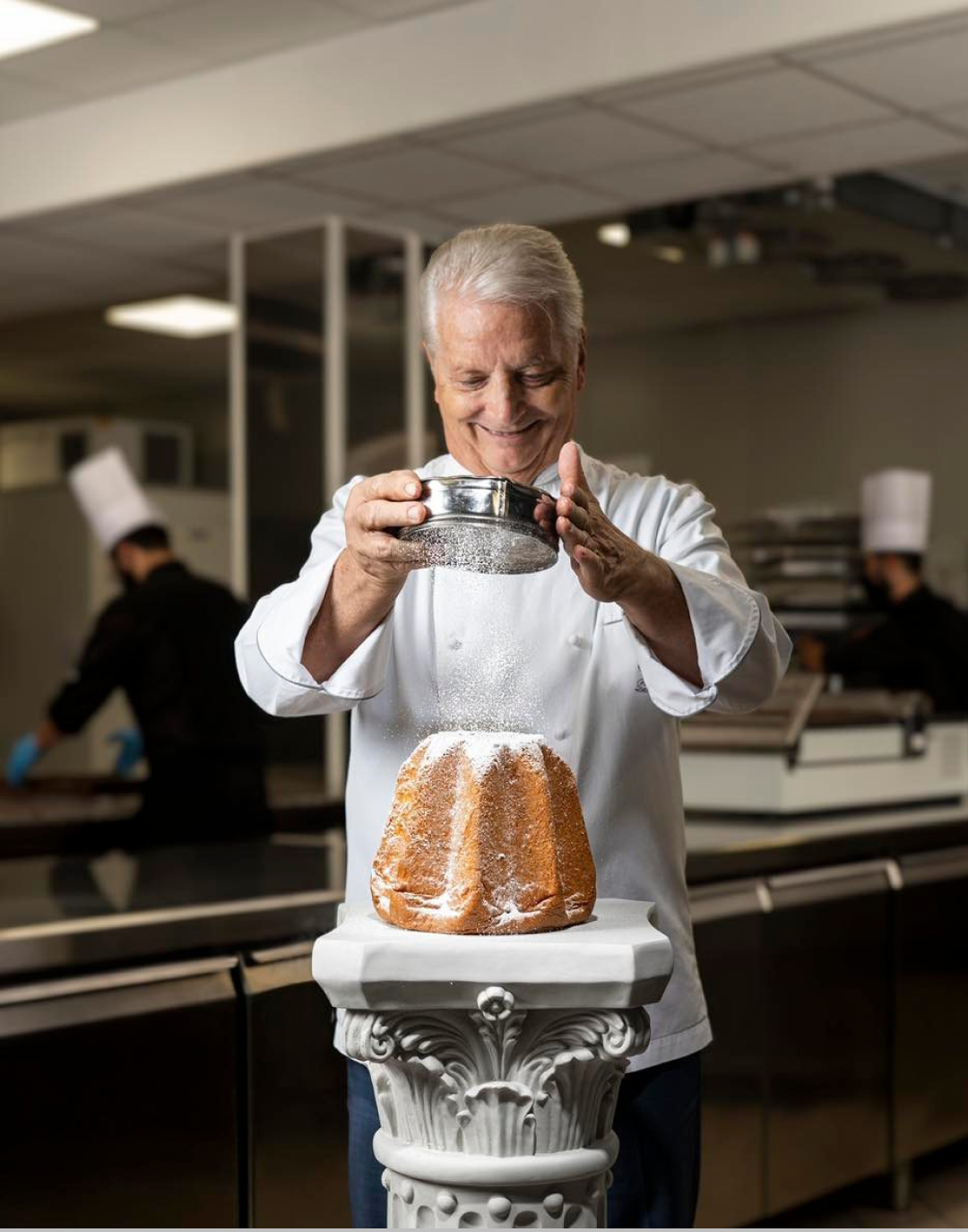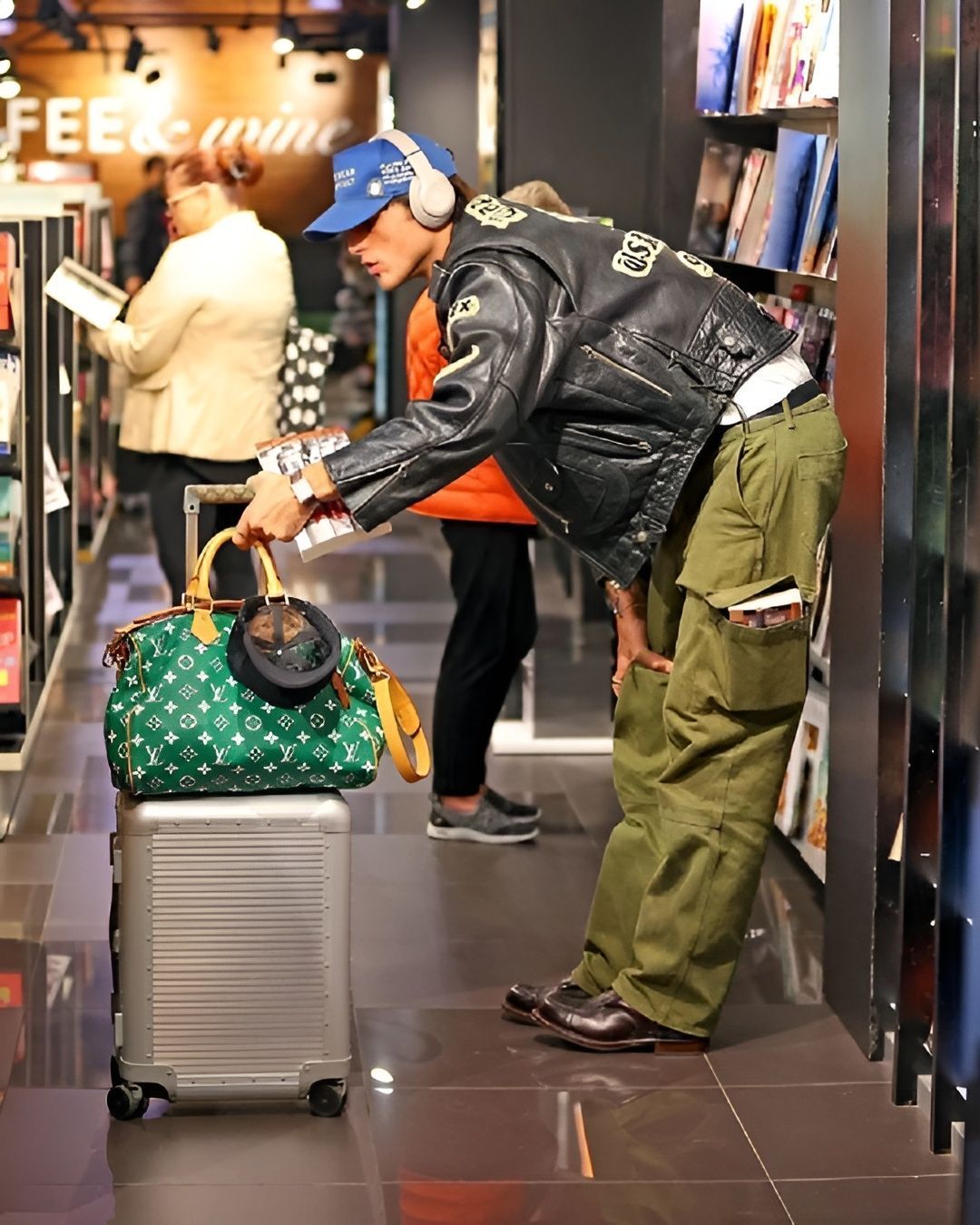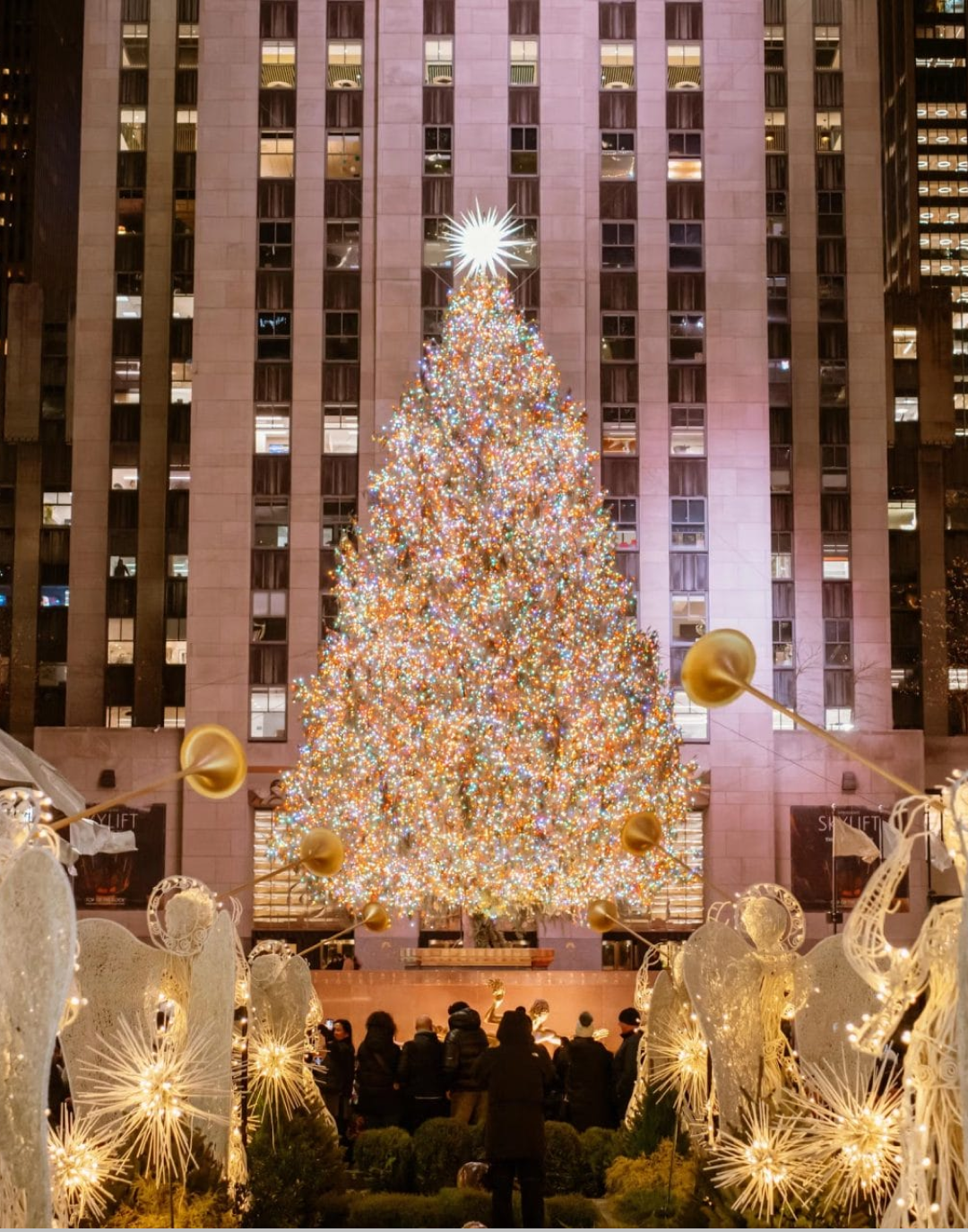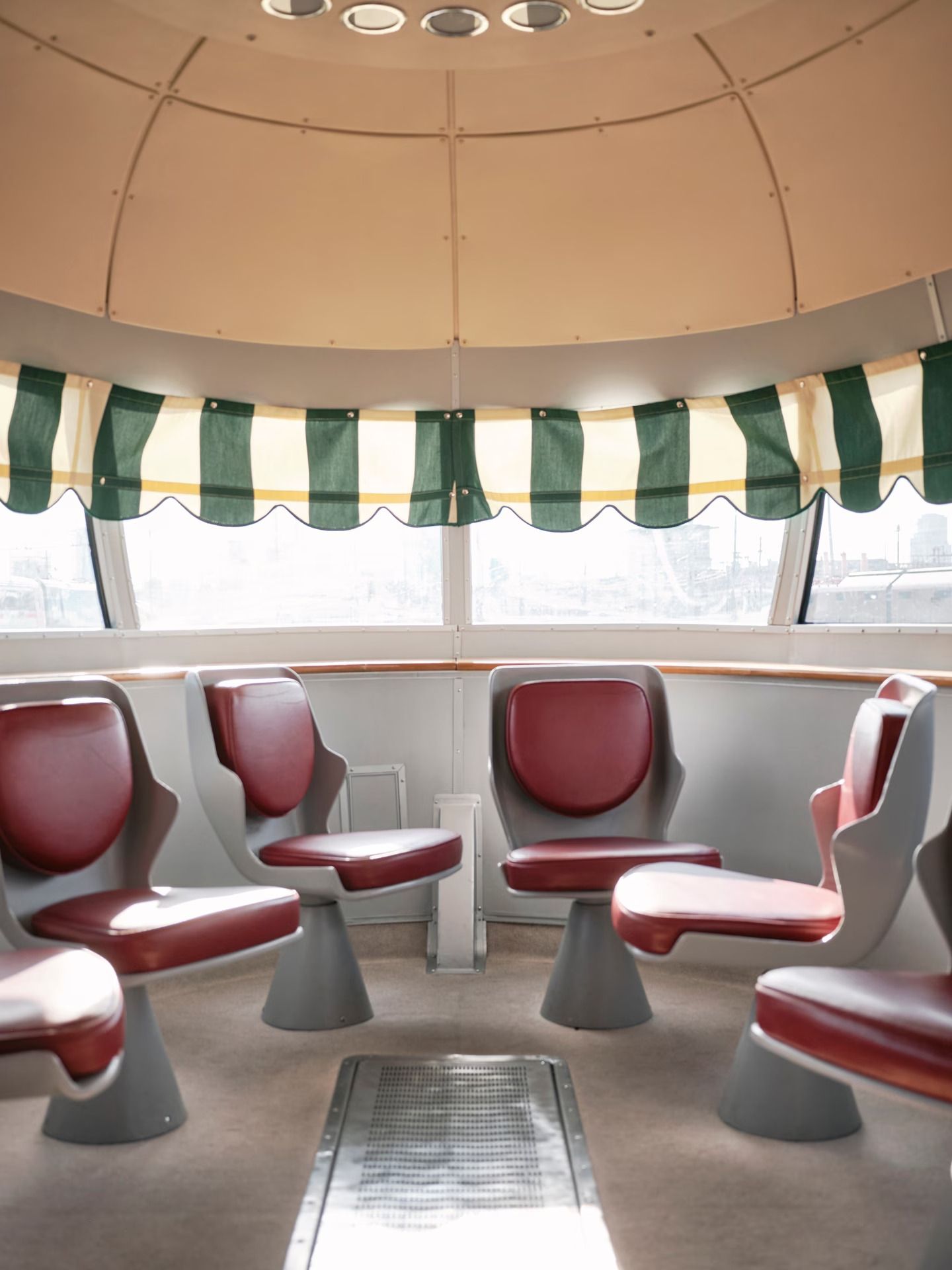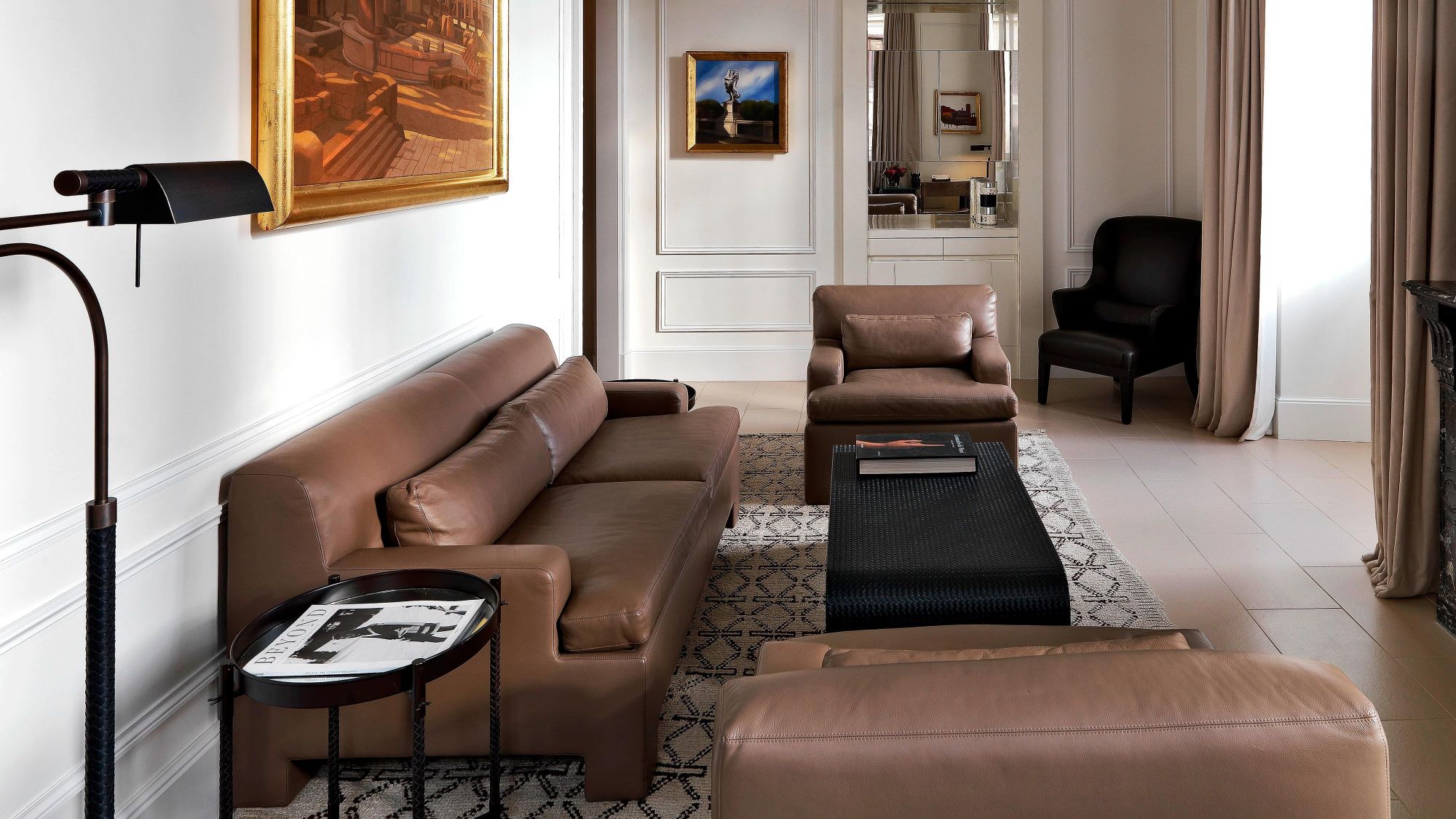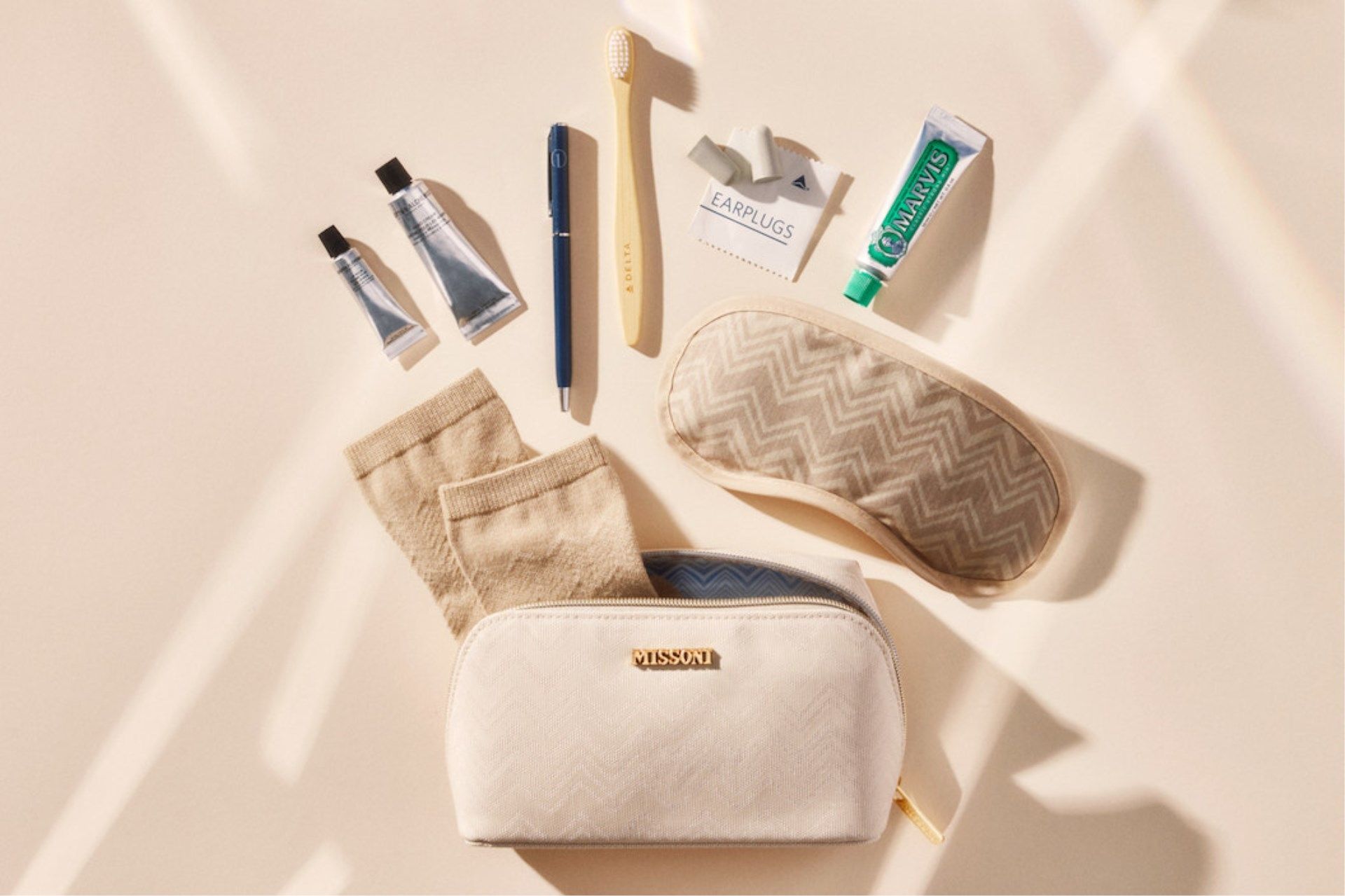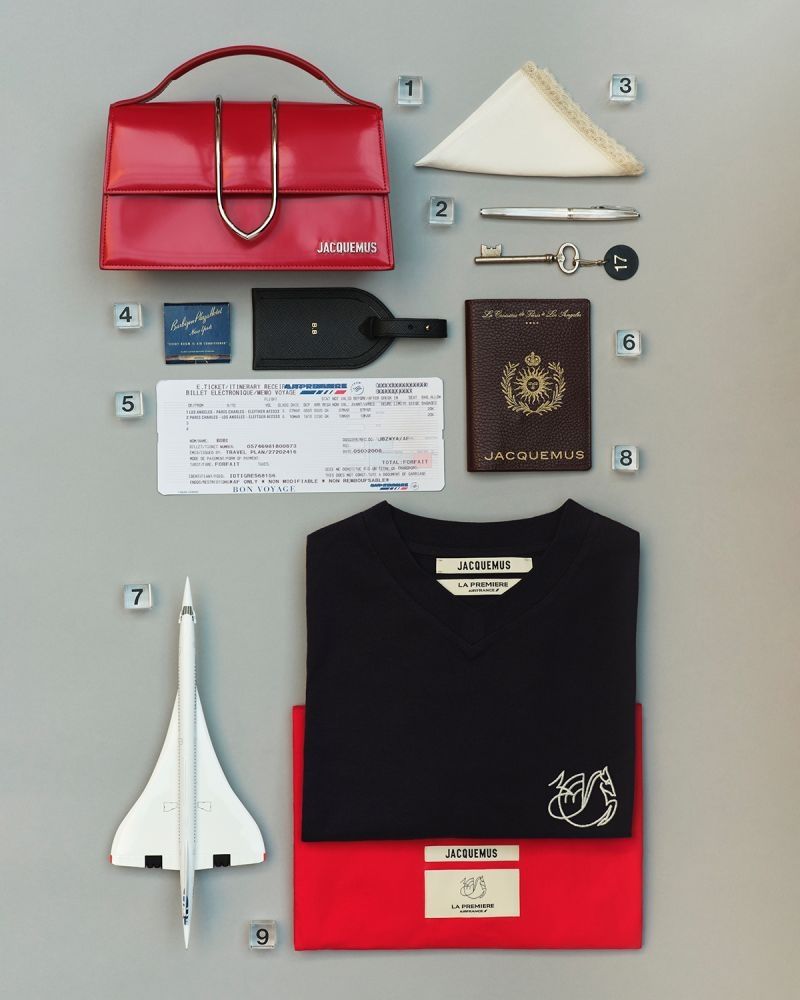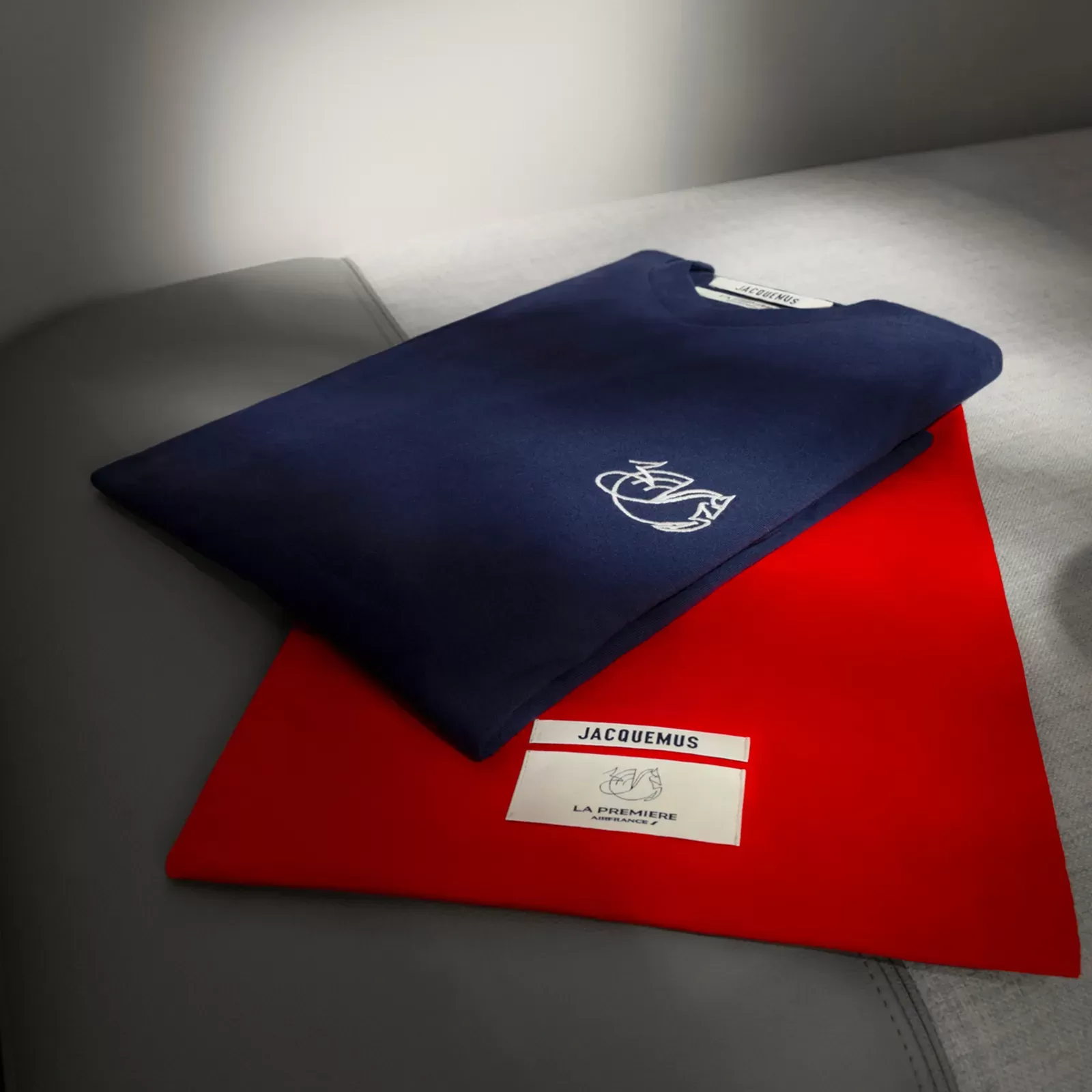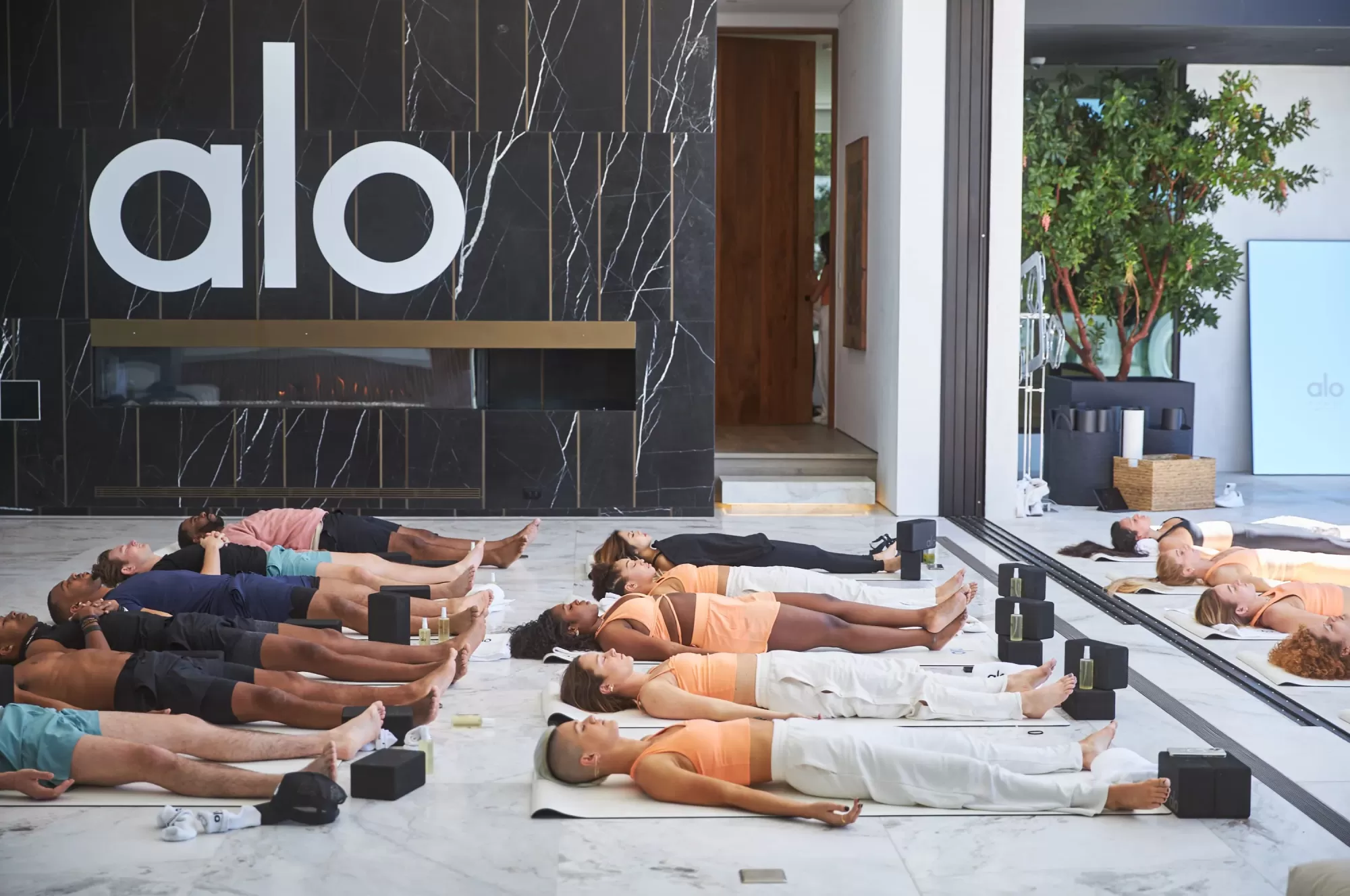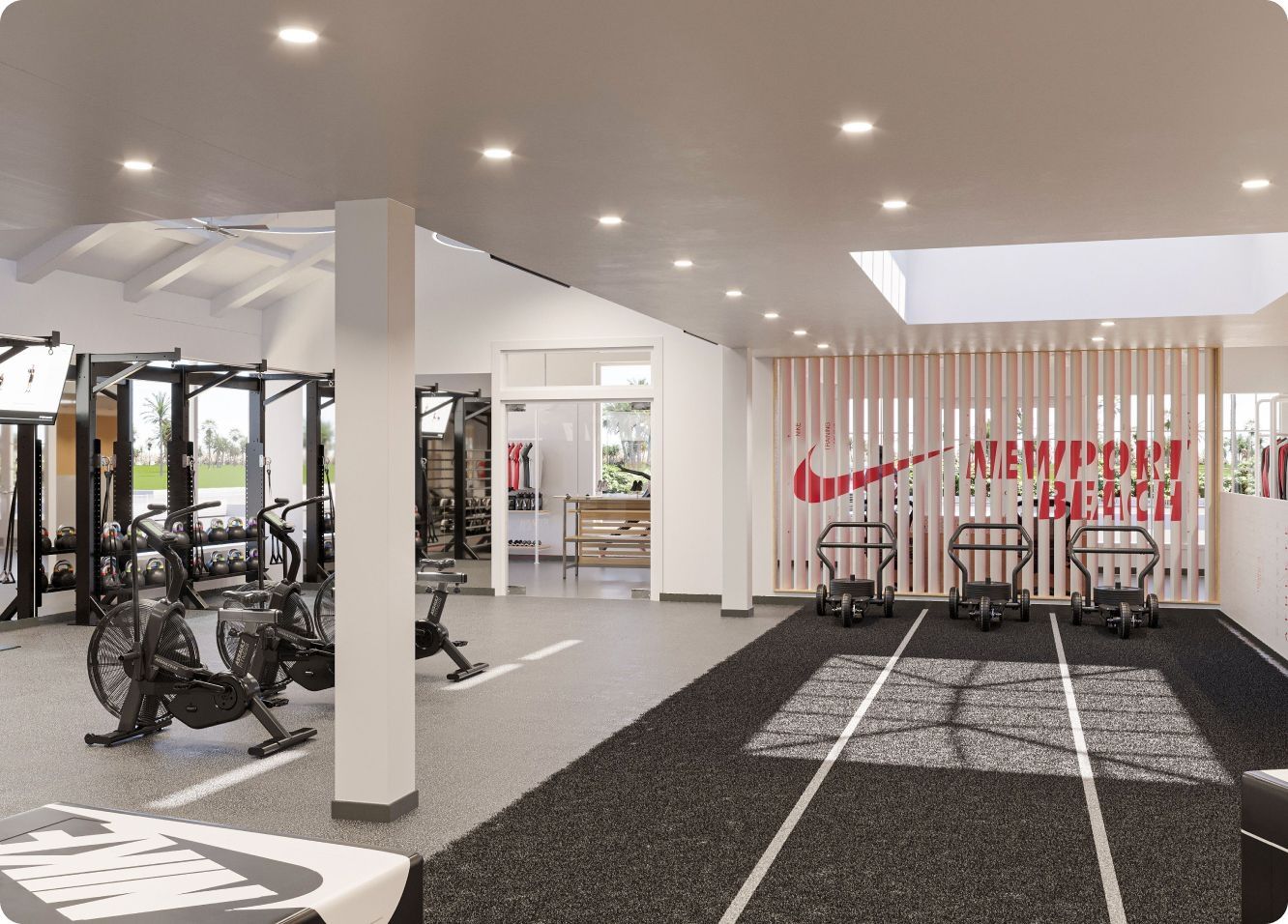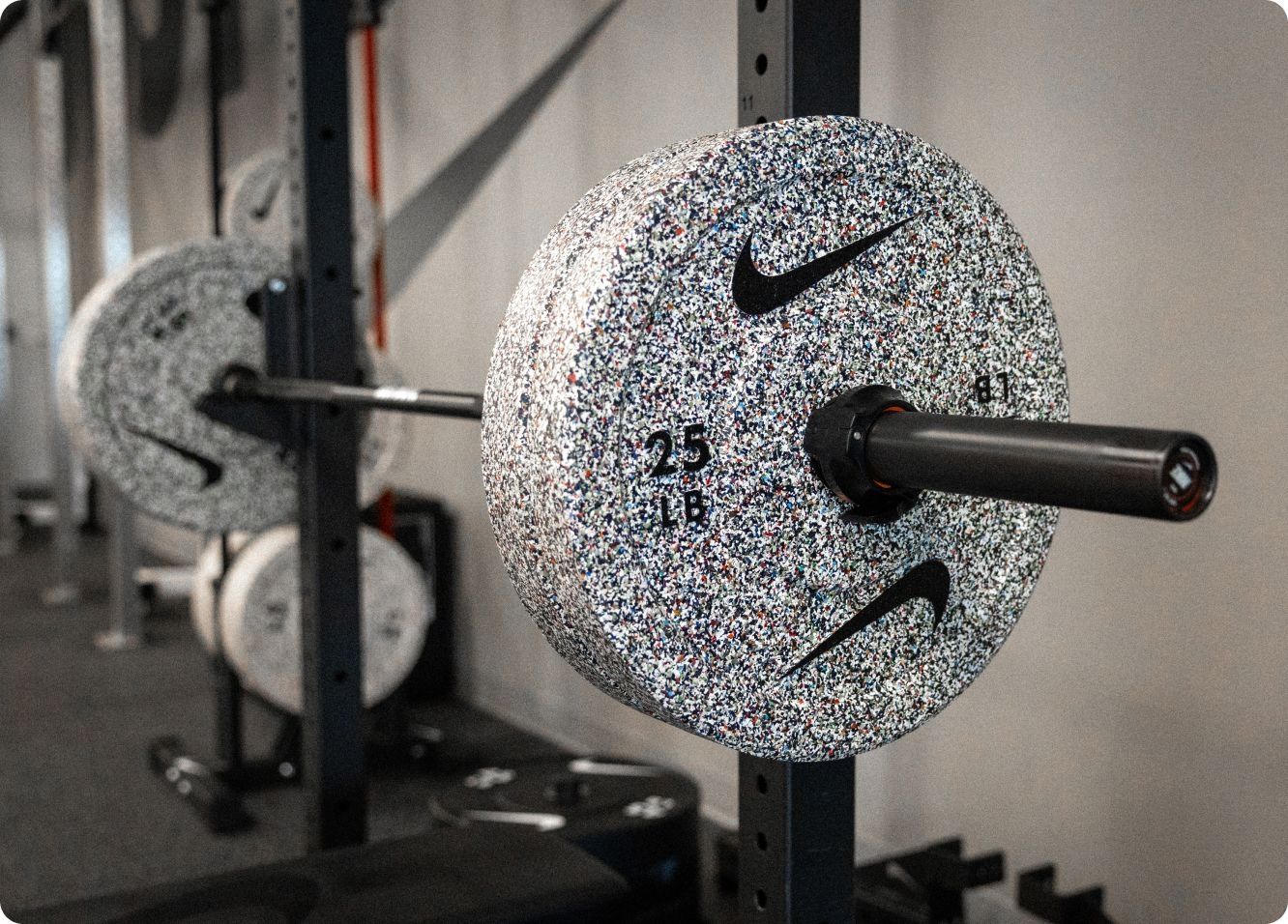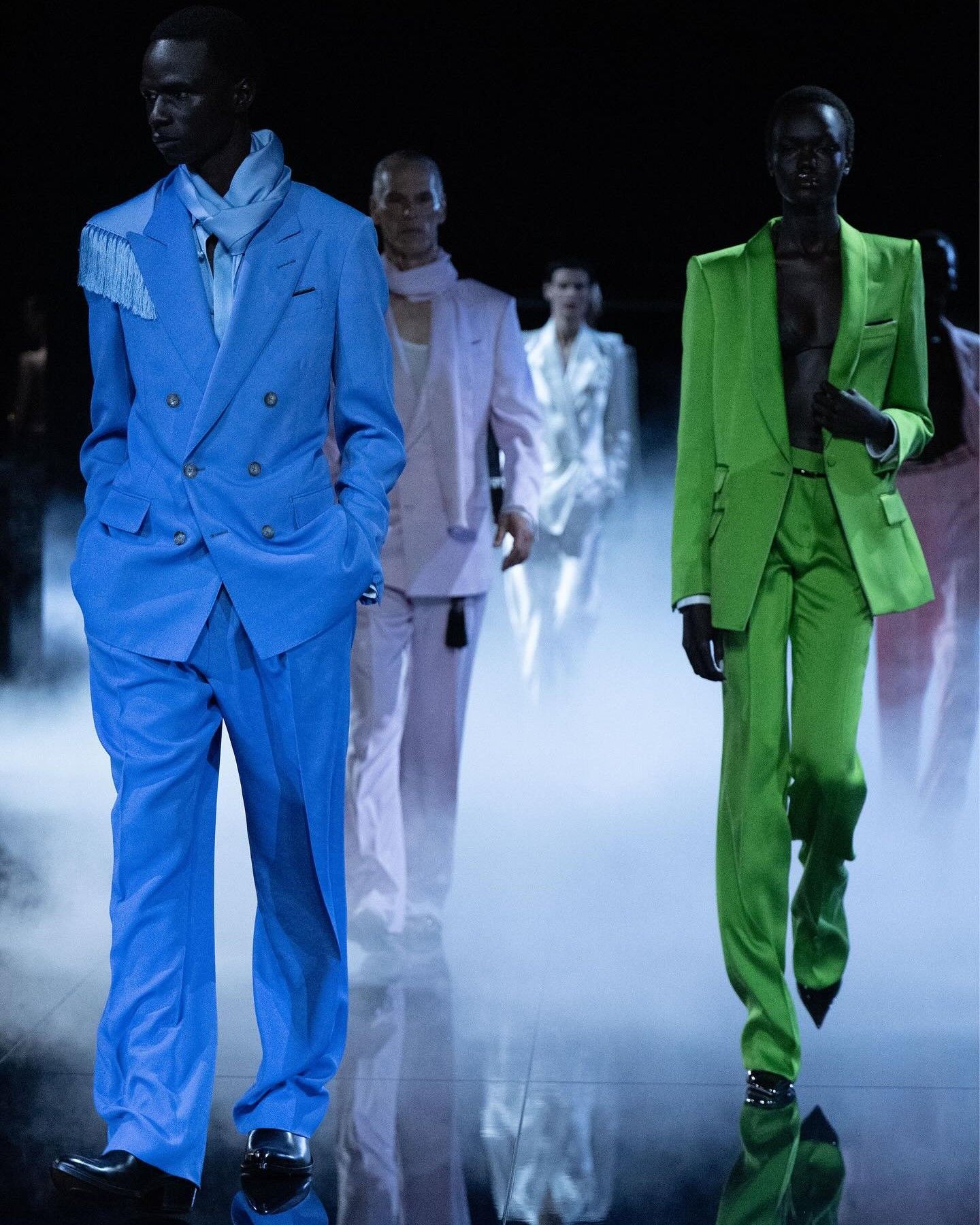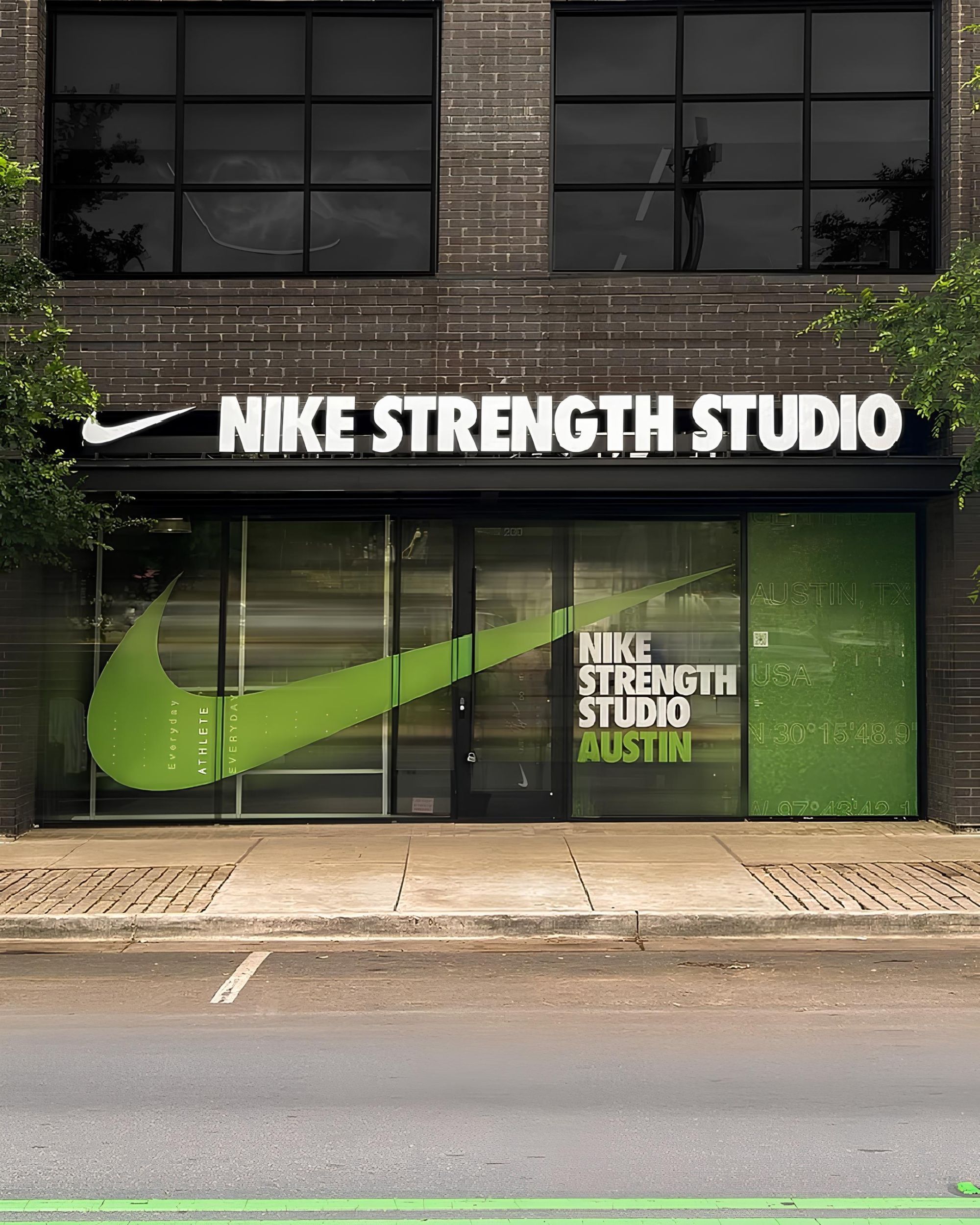
Brands too have discovered third places Fashion has learnt to meet the consumer outside the store
With their motivational ads filled with sweat and catchy slogans, sportswear brands have always tried to sell an idea more than an outfit. To grab the consumer’s attention and convince them that they need that branded t-shirt to go running, brands have had to build a clear narrative through a logo, an imagery, and a lifestyle different from the rest. We all remember the success story of Nike: the slogan Just Do It was born in the 1980s, a time when advertising was very much like creating a work of art. Nike’s ads from those years are still considered a benchmark for advertisers, thanks to their striking visuals, minimal graphics, and ironic yet motivational messages that hit the mark with the viewer. But how do you keep selling a universe like Just Do It from the ’80s now that advertising has lost relevance? Print almost no longer exists, and both on TV and streaming platforms, people pay to avoid seeing ads. To keep the dream alive, Nike and other sportswear brands have had to reinvent themselves. The Swoosh brand did so by founding Nike Studios, a chain of gyms designed for various workouts, from running to strength training, set in an environment completely covered in Nike branding. The same goes for Alo Yoga, a women’s sportswear brand that launched Alo Studios to provide yoga and Pilates classes, and Alo House for wellness services and retreats. Last week, we talked about the importance of third places for new generations as non-commercial spaces designed for community rather than profit. While cities still seem to underestimate their potential, brands are going all-in on third places for their business strategies.
Beyond sportswear brands, even some luxury fashion houses have turned non-commercial spaces into their own. Missoni is expanding its collaboration with Delta Airlines to customize a series of travel accessories like sheets, eye masks, toiletry kits, and socks, while Jacquemus, a fashion house already known for immersive pop-ups along the French coast, brought its vision to the skies by designing pajamas for Air France’s first-class passengers. In Rome and Florence, the Hotel St. Regis has a single room fully furnished in Bottega Veneta’s Intrecciato style—the room itself is called the Bottega Veneta Suite. In a way, even the Milan Design Week represents a third place for fashion brands because by collaborating with designers, architects, and artists on immersive installations and free exhibitions, fashion manages to reach consumers without them needing to walk into a store—in this case, the Miu Miu Literary Club and Prada Frames are examples. The content created by guests at these exhibitions and events, as well as by travellers and athletes documenting their logo-tagged experiences on social media, is just a bonus. Alo Yoga even organises exclusive Pilates sessions for influencers and brand ambassadors so they can share their experiences in the studios on their channels.
So now, in a period marked by sharp drops in sales, clothing brands are learning to sell something else. Whether it's paying for a gym membership (Nike charges about $250 a month, a single Alo Yoga class costs around $35) or waiting in line for hours during Fuorisalone, consumers remain loyal to the brand, drawn in by a sense of community—and consequently FOMO—that the images of Nike and Alo Studios, as well as Air France first-class flights, evoke. Aware of how irrelevant clothes on racks have become, brands have learned that valuing their client base is the first step to sustaining a business. Services are replacing fleeting trends, with brands like Golden Goose even implementing an in-store paid repair service not only for its own products but for any item. Whether it’s a kettlebell with a giant Nike Swoosh or a luxurious armchair in Bottega Veneta’s Intrecciato, the success of brands can no longer be measured at the cash register, but outside, where people live. Because in the grand game of marketing, the winner is the one who takes the risk.


